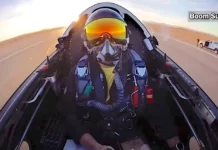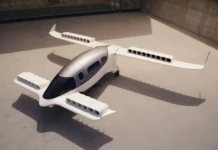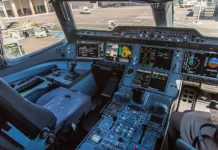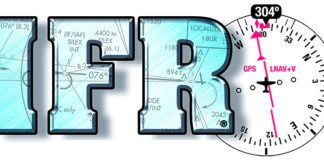Although it hasn’t released the final report to the public, the FAA’s unleaded avgas transition rulemaking committee (UAT-ARC) will recommend a fuel-approvals process stretching out as long as 11 years and will be asking Congress for at least $60 million to fund the project, plus as much as $13 million from the industry. “The snowball is starting to turn down the hill,” said Lycoming General Manager Michael Kraft “What it does is to give anyone coming to market with a fuel a risk-management plan. Nobody’s willing to make the investment if they can’t see the return.” Although the ARC’s foreseeable timeline is 11 years, that doesn’t necessarily mean it will take that long to see approved fuels in the field, but only that this might be the maximum window for any realistic fuel candidates to come forth.
Last year, Hawker lost over $600 million, but the company entered agreements to eliminate $2.5 billion in debt and secure financing that will allow it to pay its employees for the short term. “Restructuring our balance sheet and recapitalizing the company in partnership with our debt holders will dramatically improve Hawker Beechcraft’s ability to compete in a rapidly changing environment,” CEO Robert Miller said in a statement. The company says it will continue to operate “in the normal course of business” and fill all orders for available products.
Experimental, amateur-built aircraft have a fatal-accident rate three to four times higher than the rest of the GA fleet and the NTSB hopes to change that. Most of the recommendations focus on transition training, as nearly 10 percent of the aircraft accidents occurred during first flight. Others suggest changes in how flight tests are conducted and how the flight characteristics of each airplane are documented. The recommendations are meant to “improve safety while maintaining the adventure of this vibrant segment of aviation,” said Board chair Deborah Hersman.
Unconventional aircraft designer John McGinnis’ public funding drive on
Kickstarter.com surpassed its original $65,000 goal and may help him prove if his five-seat double-box-tail Synergy aircraft is indeed “lighter, simpler, and more economical” than other planes. McGinnis says his next milestone “puts us ‘on the wheels’ and ‘powered up.'” At least 550 people have pledged money to Synergy. And two have each pledged at least $10,000 to find out what the Synergy project will produce. The company’s website is www.synergyaircraft.com.
Volunteer pilots flying for Patient AirLift Services (PALS) may now be partially reimbursed for fuel costs related to charitable flights. The program is FAA-approved and means that “pilots can receive reimbursement for fuel costs incurred when flying patients in need of medical treatment during charitable missions,” according to the FAA.
The flight-planning website NavMonster joins the list of casualties citing both uncertain FAA chart-price policies and the Flight Prep patent for online flight planning … The FAA will “reevaluate its policy” regarding the operation of historical aircraft for hire … Continental’s Mattituck engine services to close … Legendary CFI Evelyn Bryan Johnson dies at 102 … FAA increases maximum weight of law-enforcement drones from 4.4 to 25 pounds … Airbus is planning a stretch version of the A380 … Families of drunk passengers thought responsible for a Canadian crash sue charter company … FlightGuide iEFB now works with Guardian Aero 454 GPS/CO detection system … Gipsland’s turboprop Airvan flies … Icon A5 achieves standard for FAA spin resistance … Former FAA Administrator Randy Babbit cleared of DUI charges … Grumman’s 300-foot-long unmanned military airship ready for test flights … Solar Impulse completes 17-hour, 1554-mile flight powered only by sunlight … For breaking news in general aviation, log on to www.avweb.com.




